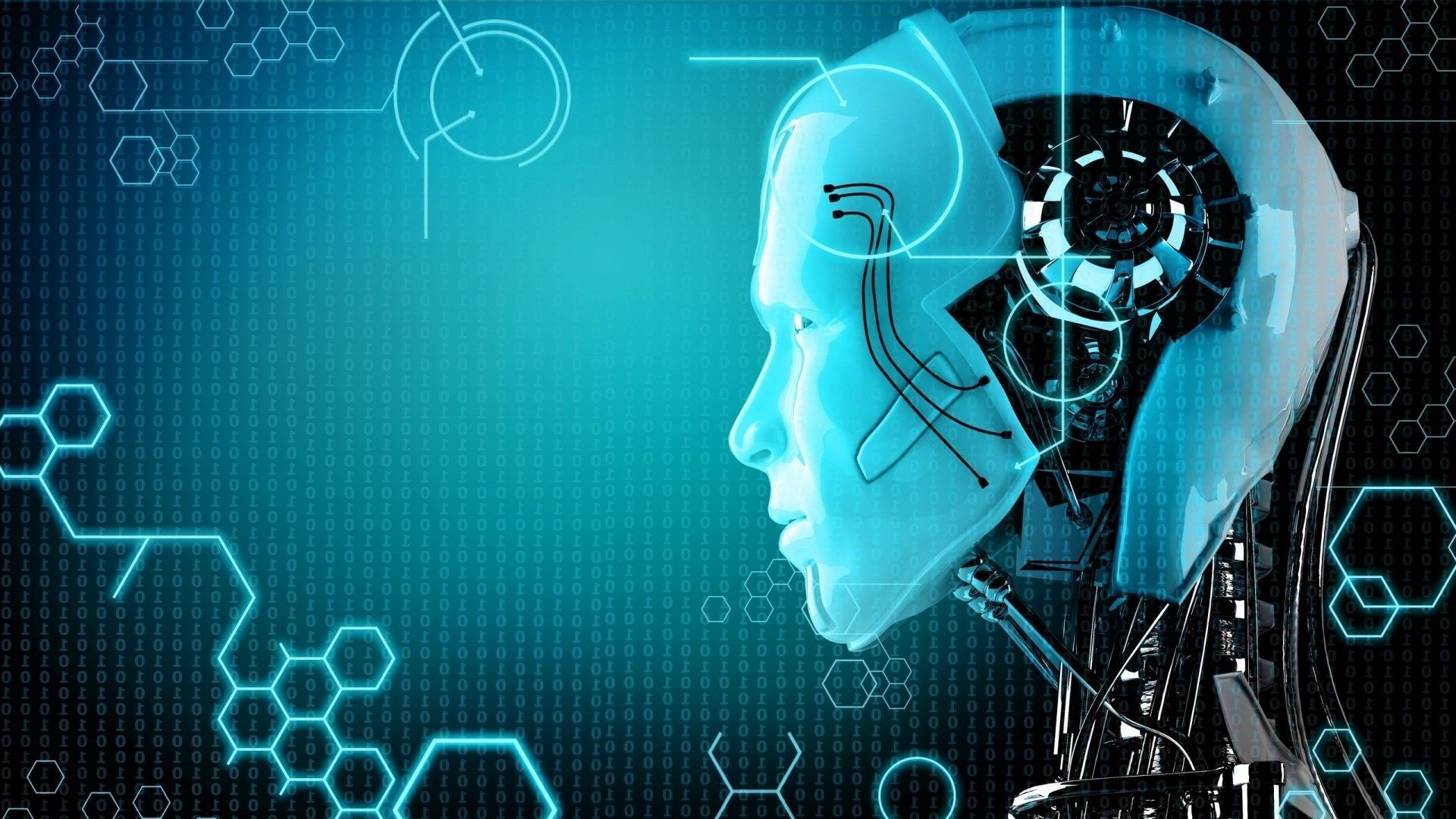
We’ve all seen movies where the future is depicted as a time when humans will be interacting with robots and machines at a more intimate level. Movies where it’s become the norm for every household to be run by an advanced computer that you can talk to, and the level of interaction being very difficult to distinguish from what a normal human-to-human conversation would sound like. The problem is, most of these movies tend to adopt a storyline where some form of conflict between man and machine always seems to crop up. Is this really a true depiction of what is to come?
What You Need to Know About AI
To begin with, Artificial Intelligence, or AI is arguably the biggest catalyst in putting together anything remotely close to the kind of future imagined in most of these blockbuster films. But what essentially is AI? Simply put, it is a branch of computer science that is focused on building machines that are able to perform tasks that require some level of human intelligence.
Within AI, we then have two broad categories of classification. We have Narrow AI, and Artificial General Intelligence, or AGI.
Narrow AI, or Weak AI, is something that a lot of us are likely familiar with. These are the technologies behind things like image recognition software, Google searches, and personal assistants such as Siri and Alexa. AGI, or Strong AI is what most scientists imagine will be able to power those all-round super computers that you see interacting with humans in movies. The goal here is to come up with a computer that possesses human-level intelligence, which can be used to perform all manner of tasks.
Back to our initial train of thought. AI is thought of by some people as something that will eventually lead to a catastrophic end to our world. Interestingly, the strides that have been made so far thanks to AI seem to suggest that this is highly unlikely. Scientists from all around the world have come up with amazing inventions that can only whet our appetite for more that is to come. Let’s review a few of these new innovations:
AI-based Healthcare: IBM Watson Health
In the field of Medical Science, IBM’s Watson Health is helping more and more doctors go through huge amounts of data and therefore make more informed decisions regarding patient care and possible treatments. With this specialized tool, the focus is on its ability to process large amounts of information that would take doctors and nurses so much longer to do. Aside from that, there has also been the growing adoption of other artificial intelligent systems in the realm of robotic surgery (for simple procedures like laser eye surgery) and image analysis (for examining x-rays and retina scans).
AI-based Autonomous Vehicles: Starship Delivery Robots
Autonomous delivery might be a future whose possibilities we have only just started experimenting with. Companies such as Amazon and FedEx are slowly hopping onto the bandwagon, but Starship seems to be gaining a lot more ground. Currently, the company is focusing on enhancing food deliveries within select universities in the US, following a successful round of funding.
AI-based Market Analysis: Robo-Advisors
For those interested and active within the stock markets, being able to predict certain market conditions and betting for or against them is how to win. Robo advisors provide an autonomous approach to all of this. All you have to do is provide information about your asset allocation approach, and the robo advisor puts together a list of diversified investment options that it then allocates a predetermined percentage of your funds into. This essentially allows you to have your portfolio run and managed on autopilot.
AI-based Agricultural Applications: See & Spray
The application of AI in agriculture falls under three different categories; there’s agricultural robots, crop and soil monitoring, and predictive analysis. An example of agricultural robotics would be the solution provided by Blue River Technologies that helps farmers control weeds. This is done through computer vision, where weeds are identified and dealt with through precision spraying. This helps farmers effectively reduce their spending on herbicides, as well as the volume of chemicals erroneously sprayed on normal crop.
Conclusion
Those are just a few of the ways in which AI is being used to better human living, and improve the efficiency with which human tasks are performed. Looking to the future, there seems to be a lot of new applications of AI that are bound to crop, most of which we might not even have realized the potential of.
Hopefully by now, you’re just a little bit more convinced that a future with AI might not necessarily lead to world destruction as is depicted in most future-set movies.
